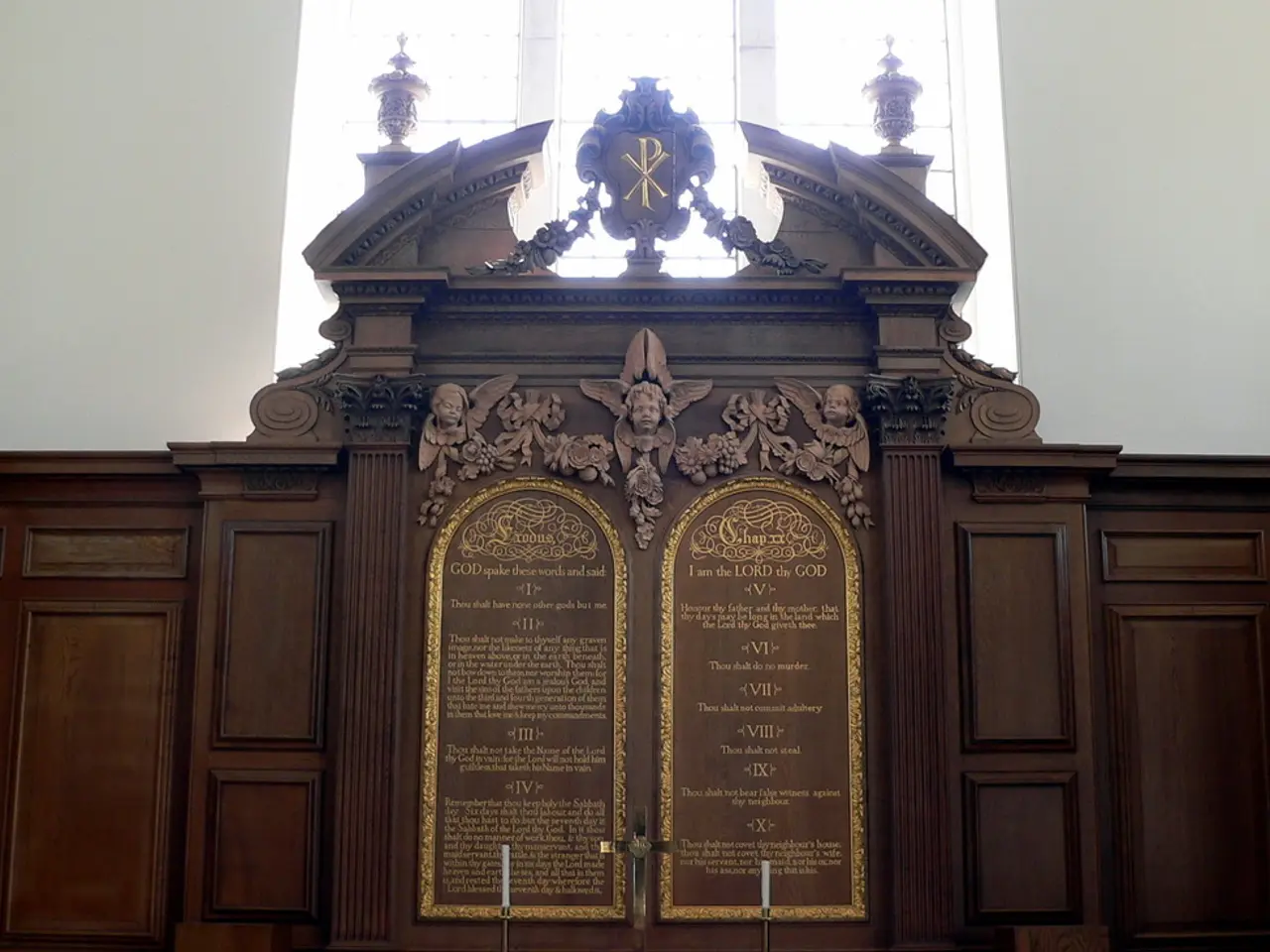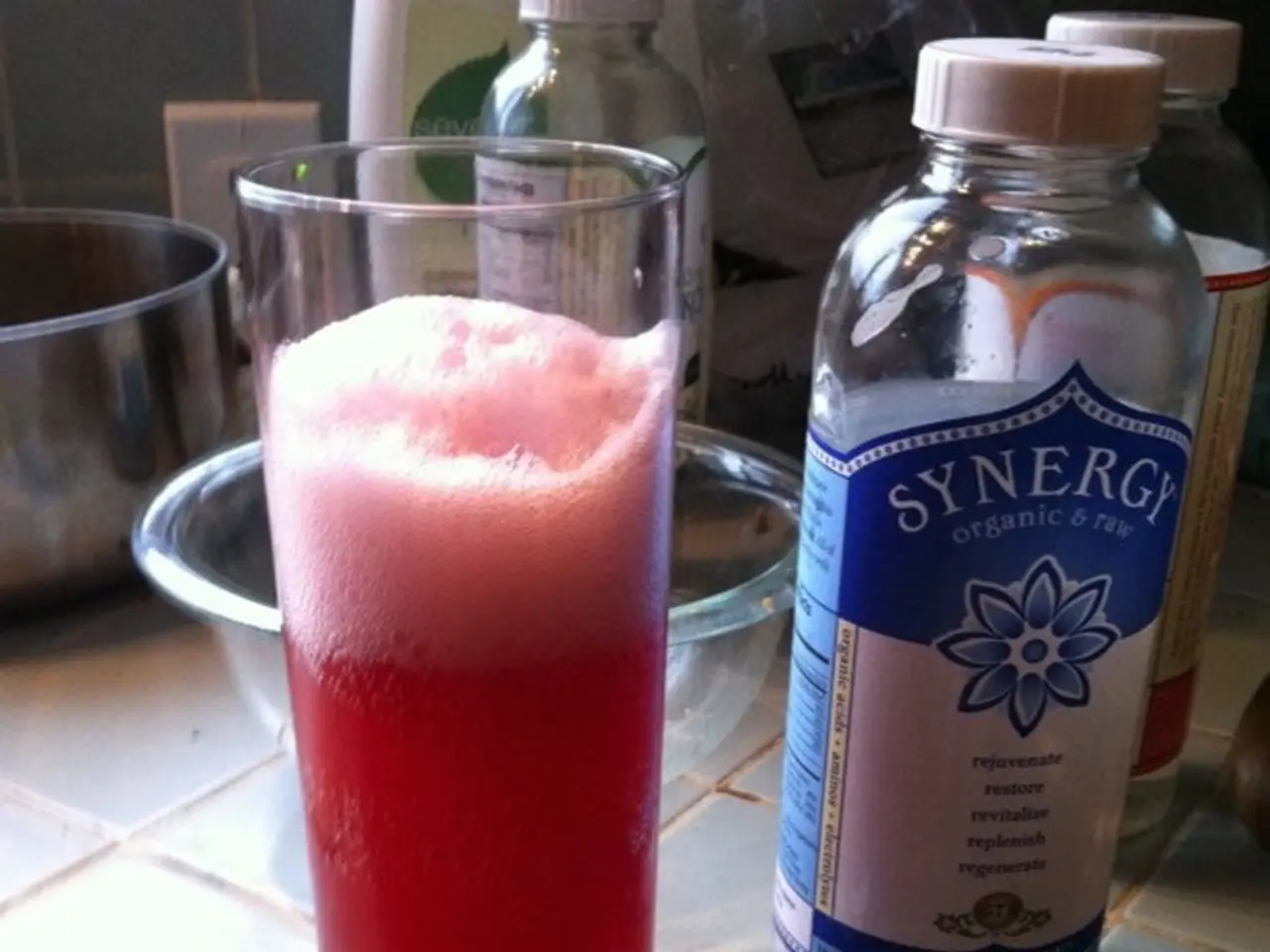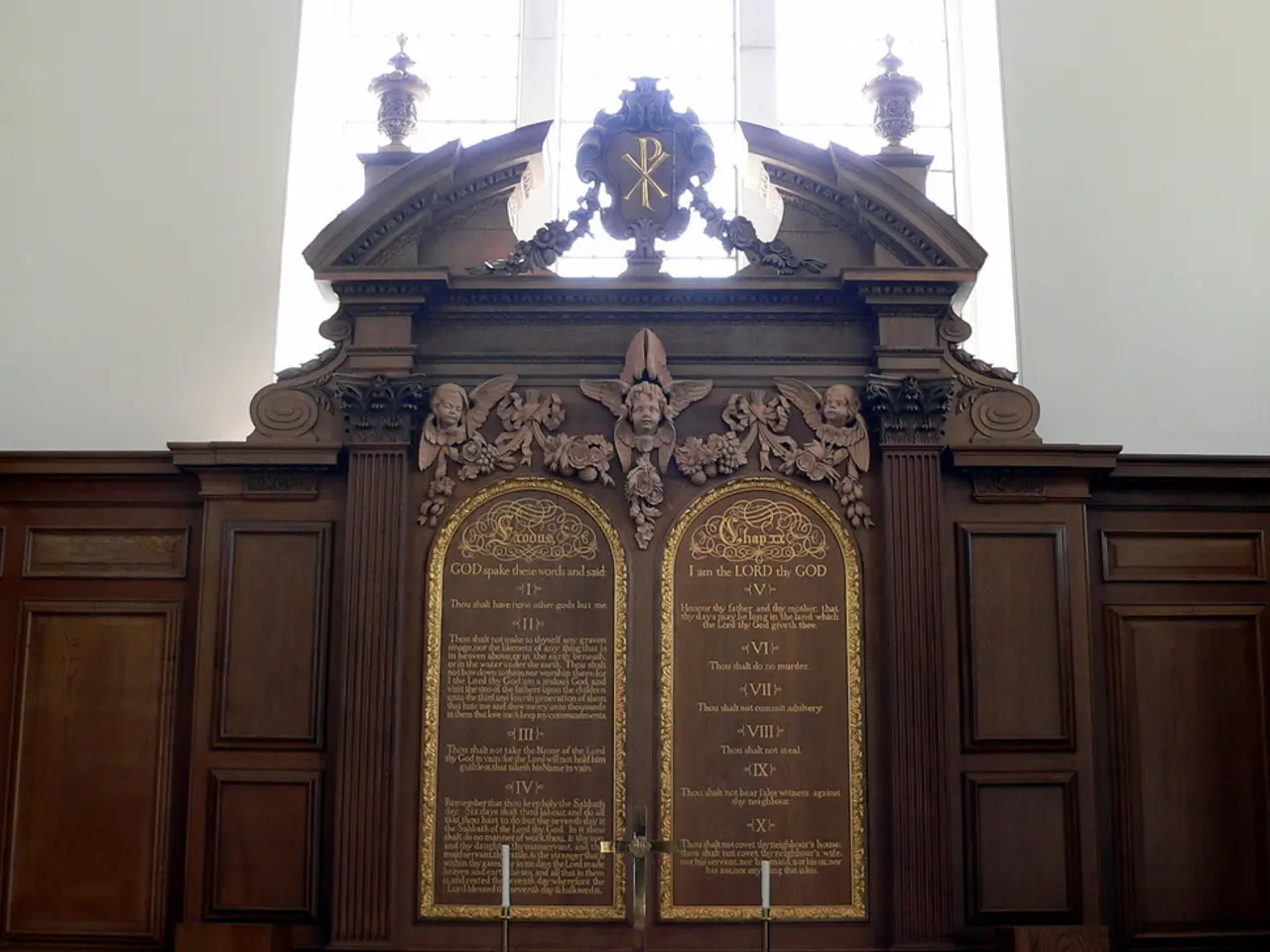Enhancing Convenience and Productivity: Exploration of Portable HVAC Systems and Energy Conservation Strategies
In the quest for a comfortable and energy-efficient indoor environment, portable HVAC systems have emerged as a popular solution. These versatile units offer the flexibility to heat or cool specific zones within a space, reducing energy waste and promoting sustainability.
By adopting energy-saving techniques, integrating sustainable practices, and using portable HVAC systems wisely, homeowners and businesses can create a comfortable indoor environment while minimizing energy consumption and environmental impact.
The best energy-saving strategies for portable HVAC systems focus on optimising control, maintenance, and environmental factors to reduce power consumption while maintaining comfort. Key strategies include:
1. Optimise Temperature Control and Use Zoning: Maintaining a consistent, moderate temperature setting reduces energy use. Portable HVAC units should be operated in targeted zones where cooling or heating is needed to avoid unnecessary energy waste. Zoning controls allow you to cool only occupied areas rather than entire spaces, improving efficiency.
2. Use Fans to Enhance Air Circulation: Supplement portable HVAC systems with fans to circulate cooled air effectively. While fans don't lower temperature directly, they improve comfort by increasing air movement, allowing you to set the thermostat a few degrees higher without discomfort. Running ceiling or portable fans in conjunction with HVAC units can boost energy savings.
3. Block Heat Gain from Sunlight: Minimise direct sunlight exposure in cooled areas by using blackout curtains, reflective films, or shades. Blocking solar heat gain reduces the cooling load on portable HVAC units, which means the system uses less energy to maintain comfortable indoor temperatures.
4. Maintain Air Filters and Perform Regular System Maintenance: Clogged or dirty air filters force portable HVAC systems to work harder, increasing energy consumption. Regularly cleaning or replacing filters—ideally every 30 days during heavy use periods—ensures better airflow and more efficient operation. Additionally, periodic professional maintenance improves overall system performance and energy efficiency.
5. Control Humidity Levels: Optimal humidity control enhances comfort and reduces strain on HVAC units. Excessive dehumidification or humidification can increase energy use, so aim for moderate humidity levels to optimise efficiency while maintaining indoor air quality.
6. Use Programmable or Smart Thermostats if Available: Although more common in central systems, some portable units feature thermostats with programmable settings. Utilising these allows temperature setpoints to adjust automatically when rooms are unoccupied or during cooler nighttime hours, reducing unnecessary energy use.
In addition to these strategies, insulation improvements, energy-efficient window treatments, and energy-saving programs can further enhance the efficiency of portable HVAC systems. Using a portable HVAC system in conjunction with a dehumidifier can enhance cooling efficiency by reducing humidity levels.
For those considering portable HVAC solutions, it's worth noting that they can be more affordable than installing a central HVAC system, especially for smaller spaces or short-term use. Most portable HVAC systems require minimal setup, often only needing a power source and a window or vent for exhaust.
Scheduling HVAC usage based on occupancy patterns can help save energy, such as increasing cooling during peak hours and reducing it when the space is unoccupied. Using programmable thermostats, sealing windows and doors, utilising fans, and regular maintenance can enhance the efficiency of portable HVAC systems.
Investing in portable HVAC solutions and energy-saving programs is crucial for maximising comfort and efficiency. For reliable and efficient portable HVAC solutions, consider exploring options at [www.aercosystems.com](http://www.aercosystems.com).
Lastly, don't forget to take advantage of seasonal promotions on energy-efficient HVAC units and other appliances to reduce the initial cost of upgrading to more efficient systems. Some energy-saving programs offer incentives for using renewable energy sources, such as solar power, in conjunction with HVAC systems. Achieving the perfect balance between comfort and energy efficiency requires a thoughtful approach, and portable HVAC systems can play a significant role in this balance.
These strategies, such as optimizing temperature control, using fans, and blocking sunlight, can help homeowners and businesses use portable HVAC systems more efficiently while maintaining comfort. Additionally, integrating smart technologies like programmable thermostats and energy-saving appliances can further reduce energy consumption and environmental impact in home-and-garden settings, aligning with a sustainable lifestyle.




